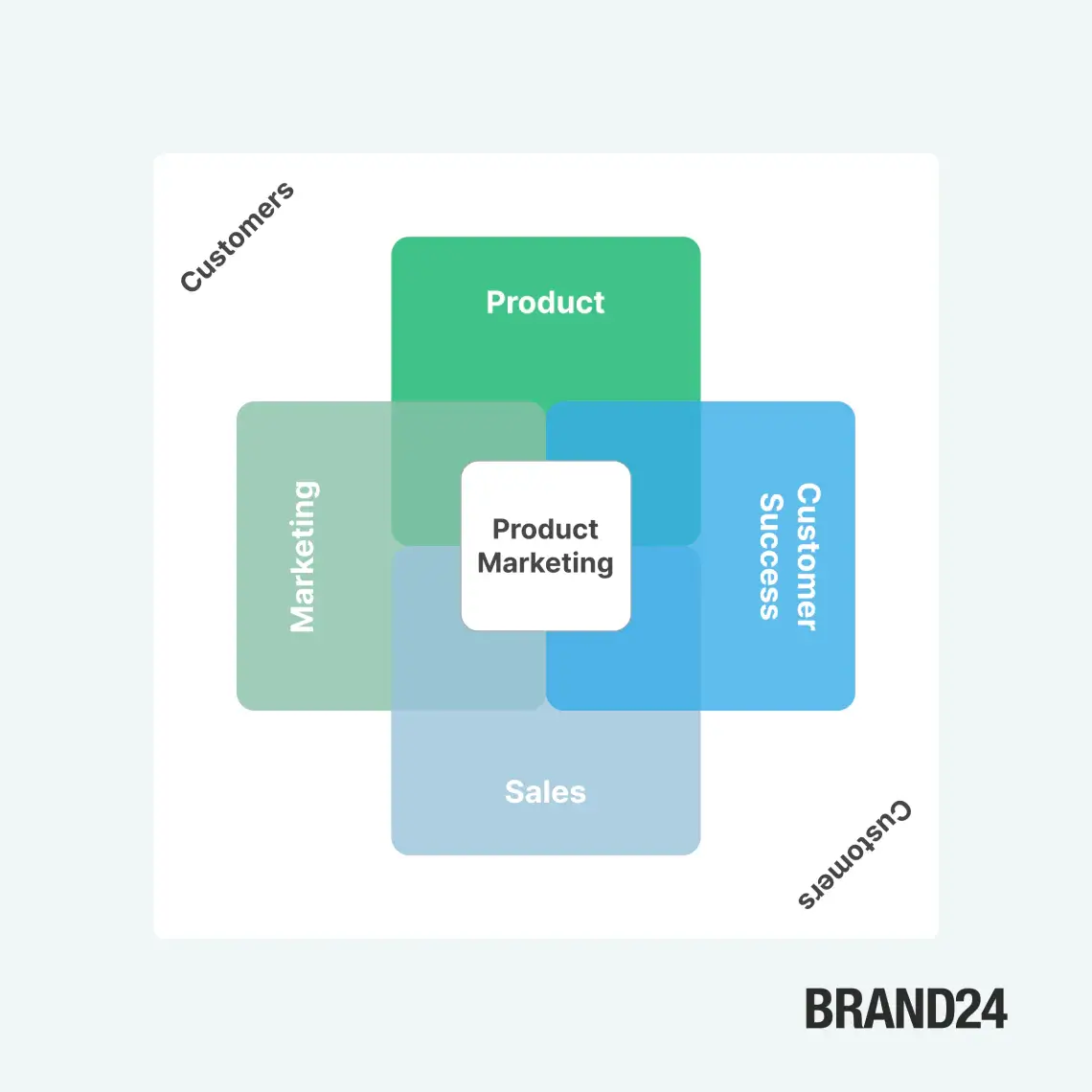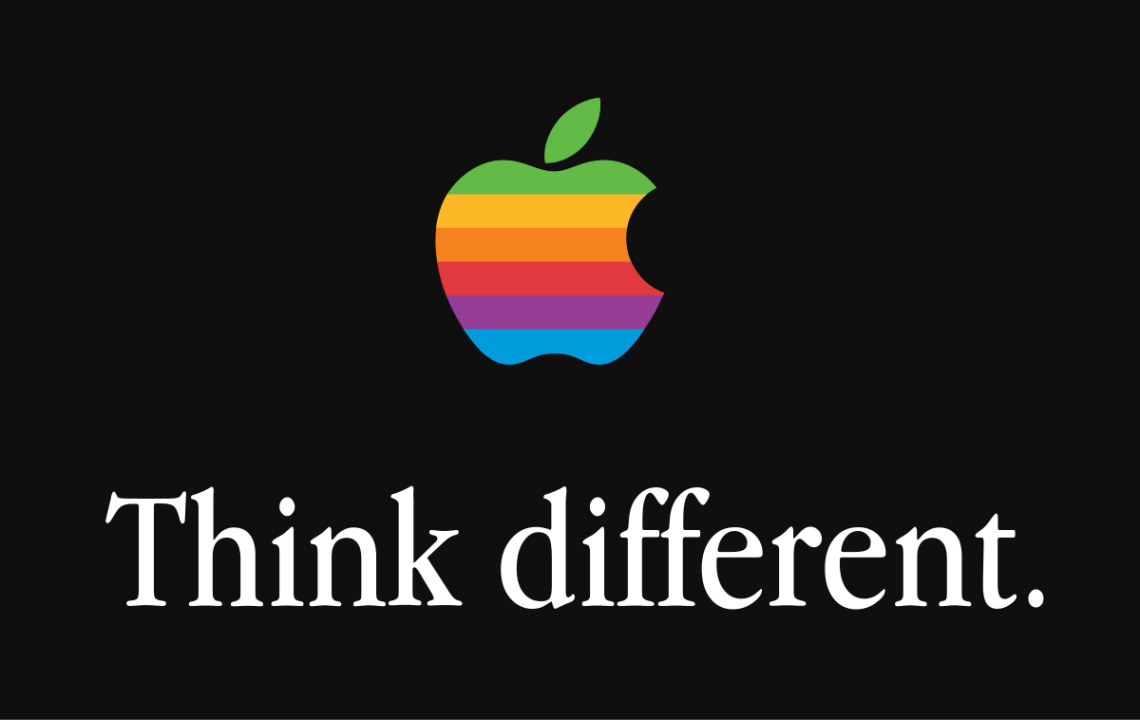The Ultimate Guide to Product Marketing in 2025: What You Need to Know
Table of contents
In a world where attention spans are shrinking and competition is fierce, product marketers have become the superheroes of the business world. With their data-driven insights, customer-centric approach, and ability to craft compelling stories, they can turn ordinary products into must-haves. Ready to uncover the secrets of their success?
Let’s dive into the ultimate guide to product marketing in 2025 and learn how to navigate this ever-evolving landscape like a pro.
- Product marketing focuses on understanding customer needs and positioning the product as the solution.
- It’s an essential part of traditional marketing, requiring unique skills to create effective messaging that resonates with customers.
- Product marketers serve as a bridge between various cross-functional teams within an organization, including product development, sales, marketing, and customer success.
- Product marketers are involved at every stage of the product lifecycle – from ideation, through launch, to post-launch management and iterations.
- Real-life examples of product marketing success include Apple, Nike, and Tesla, which have successfully created campaigns and reinventions that continue to captivate consumers.
Understanding product marketing

Product marketing is the secret sauce that connects the product to the market and vice versa.
It’s about understanding what the market needs and communicating the product as the ultimate solution. In essence, a product marketer’s job is to ensure product success and business growth.
But what exactly does that mean? And how does product marketing differ from traditional marketing?
Discover brand insights with Brand24! Free 14-day trial available.
The essence of product marketing
Product marketing is an integral part of conventional marketing. It involves developing communication strategies that promote a product’s positioning and appeal to a targeted audience.
While brand marketing aims to create emotional connections with customers, product marketing is all about promoting and selling a particular product.
The ultimate goal?
Crafting the perfect positioning and messaging that resonates with your target audience and sets your product apart from the competition.
Sounds simple, right? Not quite. Being a successful product marketer requires a unique blend of skills.

Product marketing vs traditional marketing
Product marketing has evolved from traditional marketing techniques to focus on customer-centricity, data-driven insights, and collaboration with cross-functional teams.
This evolution has led to a shift in responsibilities, with product marketers now playing a crucial role in product launches, working closely with product managers, and aligning marketing, product, and sales teams to ensure a smooth and successful release.
In short, product marketing is not just about promoting a product; it’s about understanding the entire customer journey and using that knowledge to drive growth and innovation.
The evolution of product marketing
Over the years, product marketing has gone from merely getting a product out there to being the advocate for the customer and ensuring an exceptional customer experience. Digital marketing has played a significant role in this evolution, allowing product marketers to access a wealth of data and insights that help inform their strategies and better understand their target audience.
Today, product marketing is a dynamic and ever-changing field that requires constant adaptation to stay ahead of the curve.
Key components of product marketing

Now that we’ve established what product marketing is all about, let’s dive into its key components. These include market research and analysis, product positioning and messaging, and collaboration with cross-functional teams.
Understanding and mastering these elements is essential for any aspiring product marketer looking to make a mark in this exciting field.
Market research and analysis
Market research and analysis are the backbone of any successful product marketing strategy. By uncovering customer needs, understanding the competition, and keeping a finger on the pulse of industry trends, product marketers can craft a product positioning and messaging strategy that hits the mark every time.
Brand24 empowers effective market research and analysis. It provides real-time data about customer sentiment, competitor activity, and industry trends. With this, businesses can tap into the zeitgeist, understand emerging needs, and position their product accordingly.
This deep understanding of the market allows them to make informed decisions about product features, pricing, and promotional strategies, ultimately leading to a better product-market fit and a competitive edge.
Start your free trial and discover valuable brand insights with Brand24.
Product positioning and messaging
Product positioning and messaging are all about making your product stand out in the crowded marketplace. This involves highlighting the unique features and benefits of your product, tailoring your message to your target audience, and ensuring that your product’s position in the market resonates with potential customers.
Brand24 excels in just that. It offers valuable insights about customer preferences, sentiments, and expectations, crucial for tailoring unique product attributes and benefits to the right audience. Using Brand24’s social listening feature, businesses can identify their audience’s pain points and desires, enabling the development of resonating messaging strategies. With the brand comparison feature, one can assess the competition’s positioning, allowing a business to differentiate itself uniquely in the marketplace.
Crafting the perfect positioning and messaging takes time, effort, and a deep understanding of your audience, but the results are well worth it. After all, a product that stands out and speaks to its customers will always have a better chance of success.
Collaboration with cross-functional teams
Collaboration is the name of the game when it comes to product marketing. Working closely with cross-functional teams, such as product development, marketing, sales, and customer support, ensures that everyone is on the same page and working towards a common goal.
Brand24 plays a significant role in fostering collaboration among cross-functional teams. Its easy-to-use interface and shareable reports make it simple to disseminate critical insights across product development, marketing, sales, and customer support teams.
This alignment is crucial for executing a successful product marketing strategy and ensuring that the product meets customer needs and expectations. By fostering strong relationships with cross-functional teams, product marketers can ensure that their product’s journey from inception to launch (and beyond) is a smooth and successful one.
The product marketing lifecycle

A product’s journey doesn’t end once it’s launched. In fact, that’s just the beginning. The product marketing lifecycle consists of three main stages: pre-launch activities, launch strategy and execution, and post-launch management. In each stage, product marketers have specific responsibilities and objectives to ensure the product’s success, from identifying the target market and creating buyer personas to analyzing sales and engagement data.
Product marketers must be able to identify the right target audience, create compelling messaging, and develop a go-to-market strategy that will drive adoption and engagement.
Pre-launch activities
Before a product even hits the market, there’s a lot of groundwork to be done. Pre-launch activities involve identifying the target audience, creating buyer personas, and setting goals for the product. This stage is crucial for laying the foundation of a successful product marketing strategy and ensuring that the product resonates with the right people.
For the target audience, Brand24’s social listening tools enable marketers to spot trends and patterns in conversations online. These insights can reveal valuable demographic and psychographic information about potential customers.
In buyer personas, Brand24’s sentiment analysis can be used to understand the emotions and opinions of potential customers. This can give a comprehensive view of the needs, motivations, and frustrations of different customer segments.
When setting product goals, Brand24’s market analysis features can provide a clear picture of the competitive landscape. Marketers can then identify gaps in the market and set realistic and strategic objectives for the new product.
By investing time and effort into market research, customer interviews, and competitor analysis, product marketers can gain invaluable insights that will help inform their product positioning and messaging strategy.
Perform competitor analysis with Brand24. Click the button to get a free trial.
Launch strategy and execution
Once the pre-launch groundwork is complete, it’s time to focus on the launch strategy and execution. This stage requires careful planning, coordination, and collaboration among product, marketing, PR, sales, and customer-facing teams. From crafting the perfect marketing campaign to training sales teams on the product’s unique selling points, every aspect of the launch needs to be meticulously planned and executed to ensure a successful release.
Brand24 is instrumental in formulating and executing a successful product launch strategy. Its real-time data monitoring allows teams to adapt marketing campaigns quickly to evolving market trends and consumer sentiments. Brand24’s alerts and notifications can ensure all stakeholders – from marketing to PR to sales teams – stay updated on the latest customer feedback and competitor activities, leading to seamless coordination and execution.
Sales teams can leverage Brand24’s insights to better understand the product’s unique selling points in relation to the market dynamics and customer preferences, enhancing their selling strategies. Additionally, the platform’s analytics can help measure the impact of PR and marketing efforts, allowing for performance-based adjustments to maximize the launch’s reach and effectiveness.
With a clear launch plan in place and all stakeholders aligned, the stage is set for a product launch that will make waves in the market.
Post-launch management
The product marketer’s role doesn’t stop once the product is launched. In fact, post-launch product management is arguably the most critical stage of the product marketing lifecycle. This involves analyzing sales and engagement data, adjusting strategies based on customer feedback and market trends, and collaborating with customer success teams to ensure a seamless customer experience.
Brand24 is a powerful tool for effective post-launch management. Its social listening capabilities provide instant access to vast amounts of data. This data can be used to fine-tune product usage, pricing, and marketing strategies, ensuring alignment with evolving customer needs and market dynamics. Brand24 will also let you know about any potential social media crises.
Staying on top of customer needs and preferences is the name of the game for product marketers. This ultimately drives long-term success and growth.
Essential skills for product marketers

In the world of product marketing, certain skills stand out as particularly crucial. Among these are market intelligence and analytics, communication and storytelling, and project management and coordination.
Market intelligence and analytics
Successful product marketers need to possess a strong understanding of market intelligence and analytics. Tools like Brand24 help marketers stay on top of industry trends, competitor activities, and customer sentiments. By leveraging real-time data and insights, marketers can make informed decisions about product positioning, feature development, and promotional strategies. This data-driven approach enables businesses to maintain a competitive edge and achieve better product-market fit.
Communication and storytelling
Communication and storytelling are fundamental skills for product marketers. They not only need to understand their product’s unique features and benefits, but they also need to communicate this value proposition effectively to the target audience. Brand24’s sentiment analysis tool can provide key insights into what customers value, enabling marketers to craft compelling narratives that resonate with their audience. The power of a well-told story can significantly enhance product perception and customer engagement.
Project management and coordination
Product marketing involves coordinating multiple teams and managing various projects simultaneously. Product marketers must ensure alignment across teams, from product development to sales to customer support. Brand24’s shareable reports and real-time alerts make it easy for all stakeholders to stay updated and aligned, fostering seamless collaboration and execution. Efficient project management and coordination can significantly impact a product’s journey from inception to launch, ensuring a smooth and successful release.
Real-life examples of product marketing success
Product marketing has the power to transform not just brands but entire industries. Here are a few notable examples that have set the benchmark for product marketing success.
Apple’s iPhone campaign

Apple’s product marketing strategy for the iPhone serves as a classic example of effective positioning and communication. By showcasing the iPhone as more than just a smartphone — as a lifestyle product and a symbol of innovation — Apple managed to capture a massive global market. The company has used sleek design aesthetics, innovative features, and a simple, compelling message (“Think Different”) to distinguish itself in a crowded marketplace.
Coca-Cola’s brand reinvention
Coca-Cola is another brand that has leveraged product marketing to great success. In response to shifting consumer preferences towards healthier beverages, Coca-Cola embarked on a brand reinvention strategy. It diversified its product line, introduced sugar-free and low-calorie options, and repositioned its brand messaging to focus on happiness and positivity.

The ‘Share a Coke’ campaign is a prime example of this shift, using personalized Coke bottles to create an emotional connection with consumers.
Tesla’s electric vehicle revolution
Tesla has successfully used product marketing to revolutionize the automobile industry. By positioning its cars as the future of transportation — combining sustainability with luxury and performance — Tesla has managed to carve out a niche in a traditionally petrol-driven industry. Its emphasis on innovation, electric technology, and self-driving capabilities has set it apart from competitors. Tesla’s marketing strategy, often led by CEO Elon Musk’s charismatic and controversial public persona, continues to generate significant attention and intrigue, contributing to the brand’s ongoing success.
Conclusion
From understanding the essence of product marketing to mastering the art of positioning and messaging, the journey of a product marketer is filled with challenges and opportunities. As we’ve seen through real-life examples like Apple’s iPhone campaign and Tesla’s electric vehicle revolution, success in this field requires a deep understanding of the market, a customer-centric approach, and the ability to adapt and innovate. With these skills under your belt, you’ll be well on your way to becoming a true product marketing superhero and making a lasting impact on your company and customers.
FAQ
What is meant by product marketing?
Product marketing is the use of creative and strategic techniques to promote a product’s features and position it for success in the marketplace. Product marketers create and manage campaigns that present products in the most favorable light, ultimately driving sales and growth.
What are the 4 types of product markets?
Product markets can be categorized into four distinct segments: producers, resellers, governments, and institutions. Each group of buyers has different objectives when purchasing business products and services, so it is important to understand which market best fits your product.
For example, producers are typically looking for the lowest cost solution, while resellers are looking for the highest margin. Governments are often looking for the most reliable solution, while institutions are looking for the most reliable solution.
What are product marketing jobs?
Product marketing jobs involve creating and executing plans to take a product from concept to market launch, including designing marketing campaigns, managing product launches, and identifying opportunities for product growth.
Product marketing managers strategize on how best to position, adapt, and market products in the marketplace.
What is meant by product marketing?
Product marketing is the process of developing and delivering an attractive and effective message about a product to its target audience. It involves research, strategizing, and developing effective campaigns to increase sales and gain greater market share.
Product marketing is a multifaceted approach designed to promote products and services to potential customers. It entails research and analysis of the marketplace, identifying customer needs, creating strategic marketing plans, launching promotions, and more.
What is an example of a product market?
Product markets can be seen everywhere! From supermarkets offering a variety of products in one convenient place, to eBay.com allowing individuals to sell goods, these are just two examples of the many product markets available.
Product markets provide a great opportunity for businesses to reach a wide range of customers. They can also be used to increase brand awareness.
Related articles
Top Reads
Brand Monitoring: Tools & Guide for 2026
Brand Awareness Strategy [The Ultimate Guide for 2026]
The Best AI Hashtag Tracker and Other Hashtag Tracking Tools [2026]
Social Media Reach: How to Measure & Improve It in 2026?
X (Twitter) Analytics Tools: The 10 Best to Try in 2026
Sentiment Analysis: What is it & Why do You Need it in 2026?
Share of Voice: Definition, Calculation, Tools [2026 Guide]
Brand Reputation Management: 6 Expert Tips for 2026
A Complete Guide to AI Social Media Analysis [2025]
How to See How Many Times a Hashtag Was Used on X (Twitter)
Start Social Listening!
Get the Brand24 trial and start social listening like a PRO.

